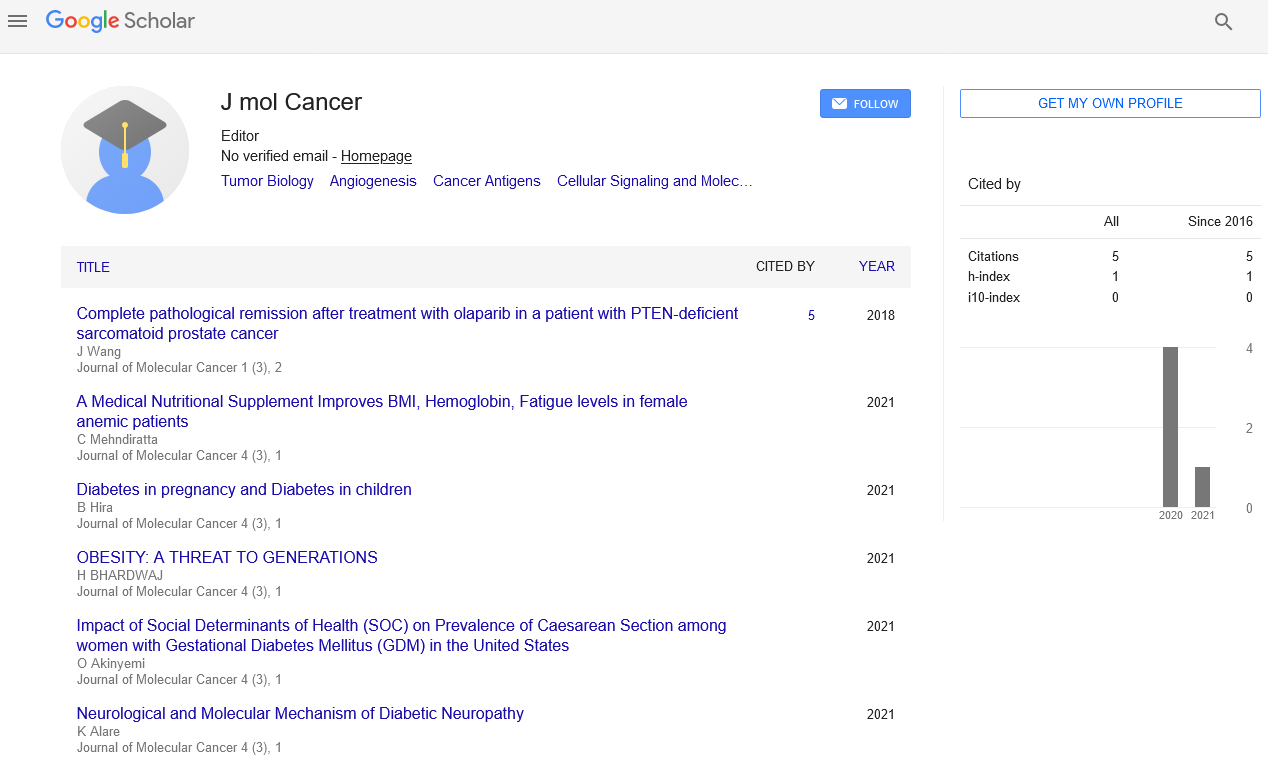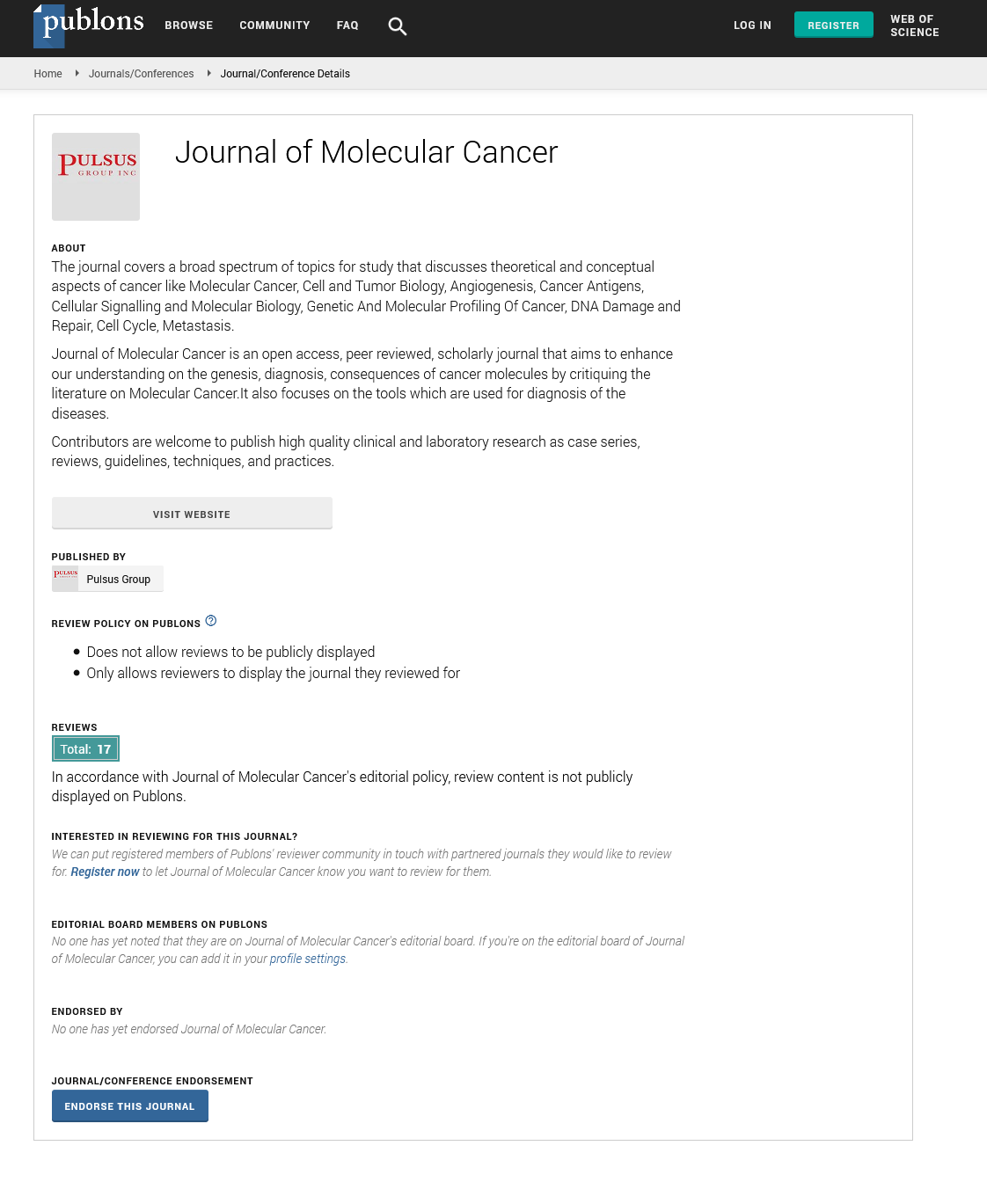
Sign up for email alert when new content gets added: Sign up
Abstract
Side effects of hyperbaric oxygen therapy in children with special needs: A cross-sectional study
Author(s): Khalid M. Zayed*Background: Hyperbaric Oxygen Therapy (HBO2 ) is a treatment modality in which a subject breathes 100% O2 under increased atmospheric pressure. It is an important advanced therapy in the treatment of at least fourteen documented ailments. The typically mild and self-limited MEB and ETD are the most common side effects identified in the peer-reviewed literature. Claustrophobia or confinement anxiety in monoplace chambers is another side effect of HBO2 therapy but it is generally mild and anxiety is easily controlled with sedation before treatments so that individuals may continue to receive daily HBO2 therapy. O2 toxicity seizure and temporarily blurred vision due to swelling of the lens and advancing cataracts are other rare complications.
Objective: To identify and study some side effects of hyperbaric oxygen in a group of children with special needs.
Methodology: Data for this study were collected from a sample of purposefully selected 100 (69 male+31 female) patients with special needs (age range: 72-120 months) in a center in Cairo by the use of cases’ parents’ interview form; full medical history, examination, and investigations; some clinical tests such as tympanometry, modified-Teed, and HAM-A scores to quantify MEB, ETD, and anxiety side effects of HBO2 therapy; data analysis and suggestions for future improvement of identification and management of HBO2 therapy side effects.
Results: Patients had been treated for 24 months with 2203 sessions of HBO2 therapy and other therapies for LD (38%), CP (36%), ASD (20%), ADHD (4%), and Wounds (2%). For middle ear conditions, tympanometry showed that 78 patients had type A (5 Type AD and 6 Type AS), 6 Type B and 4 Type C. M-Teed score showed that 56% had grade 0, 24% grade 1, 10% grade 2, 3% grade 3, 1% grade 4, and 6% grade 5. For claustrophobia, the Anxiety Severity HAM-A score showed that only 2% had moderate to severe symptoms. None showed any O2 toxicity, pulmonary complications, relevant ophthalmological side effects or complications, or dental complaints.
Conclusion: Even though there are a few contraindications and side effects associated with it, HBO2 therapy remains among the safest therapies used today; especially, in the pediatric population with special needs. It is both its primary and secondary effects that result in its benefits as well as side effects. Despite being infrequent and mild, providers need to be able to identify, understand, and quantify potential side effects such as MEB, ETD, and claustrophobia for prevention, management, and informed consent. Patient instruction on middle ear clearing, daily monitoring with an otoscopic examination, and appropriate compression rates are important to MEB and ETD prevention. Preventive measures with adequate patient history, patient education, reassurance, and coaching are the most effective means of anticipating episodes of claustrophobia and treating them effectively before HBO2 therapy
Full-Text | PDF





